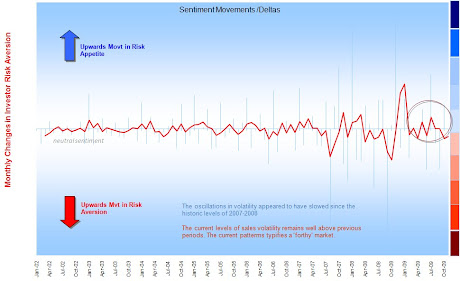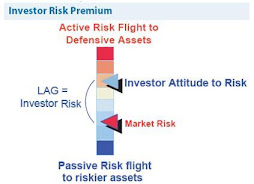"I'm a newbie to all of this, and have been following along since this topic's inception. I would have to go with risk inherently can't be measured. Obviously. But a model for it can be built in order to hedge against excessive unnecessary risk. In a perfect world putting competing instruments in the same portfolio based on the level of risk the client is willing to take on. However, sometimes both of them go south and you're left flailing in the wind.
In my personal investment portfolio, I like to couple things that are inverse to one another while still giving one an advantage (stocks to bonds, currency to commodities) and of course taking at least 2-5 long positions in a reputable mutual fund. May not be the best way to go about it, but it works and I still earn a pretty reasonable return when inflation is calculated in. "
JB: Does Correlation/Regression work? Perhaps the 'rules' between asset classes themselves are simple behavioural conventions.. we saw during periods of dislocation that (investors) money can quickly forget efficiency and correlation, which perhaps exposes that there are no rules; only human perceptions of what is high and low risk in a given set of conditions over a given expected investment horizon..
We also see the gap between expected risk and actual risk hit new levels, which infers that regression and stochastic-based approaches are fragile.
I pose that risk is blind of asset class unless there is some anchor of return, which isn't overly dependent on counter-party risk to achieve it.. risk only gets shoved around or swept under the carpet; it rarely goes away. This would infer investing outside of the conventional approach, to buy based on behavioural (empirical) conditions..
I have no hard and fast solution and building a portfolio for resilience grounds is challenging indeed.
A brave path.




No comments:
Post a Comment
Note: only a member of this blog may post a comment.